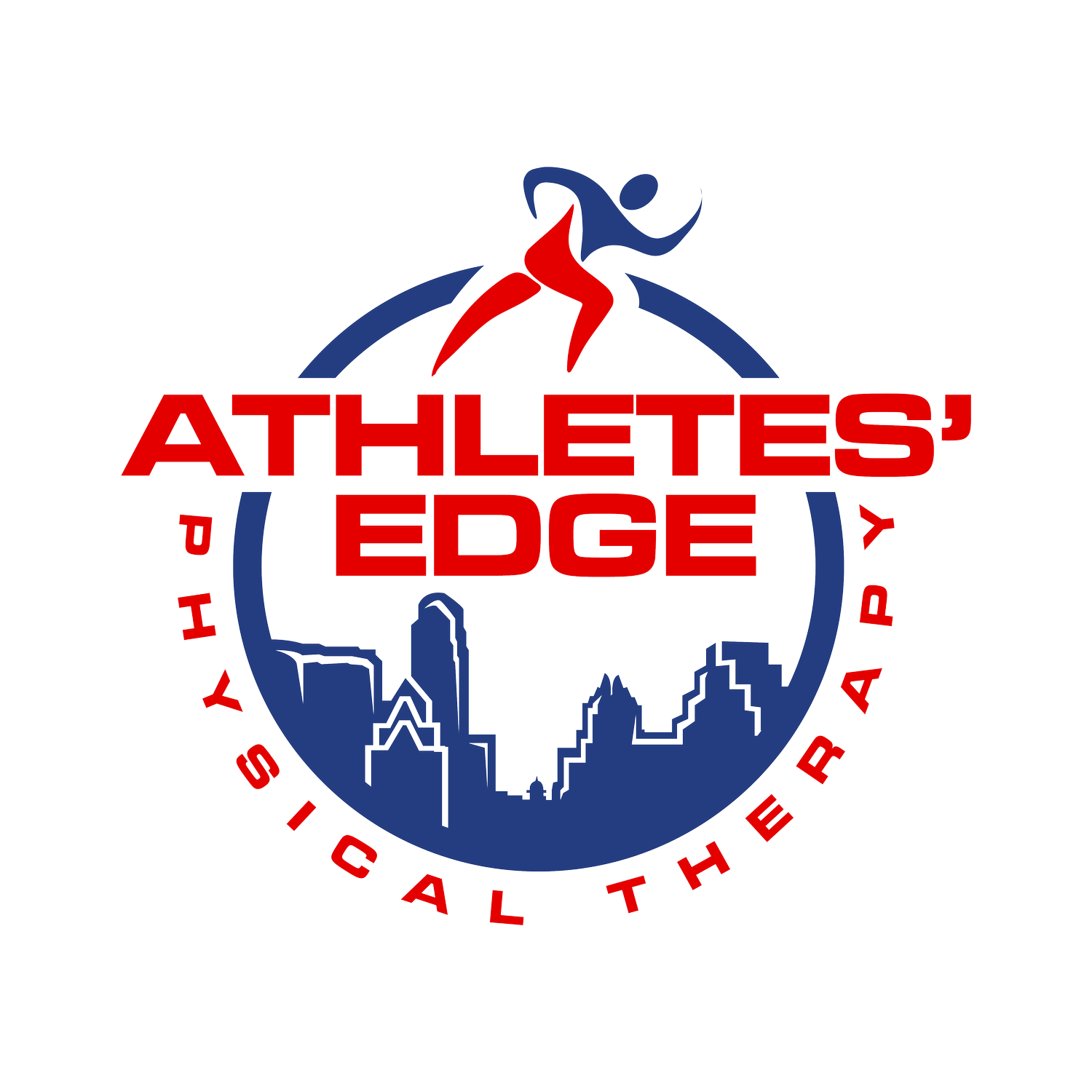Understanding Tendon Injuries: Why They’re Serious and How Physical Therapy Can Help

Tendons play a vital role in everything we do—from walking and lifting to throwing and jumping. They are strong, fibrous bands of connective tissue that anchor muscle to bone, allowing us to generate and control movement. Despite their strength, tendons are vulnerable to injury, especially in active adults. Understanding the structure of tendons, the healing process, and how physical therapy can aid recovery is key to managing these injuries effectively.
What Are Tendons Made Of?
Tendons are composed primarily of collagen fibers, specifically Type I collagen, which gives them their tensile strength. They are relatively low in blood supply compared to other tissues in the body, which becomes important when we consider healing time. The limited vascularity means they don’t receive the same level of nutrients and oxygen needed for quick repair.
Why Do Tendon Injuries Take So Long to Heal?
Because of that limited blood supply, tendons heal slowly. Additionally, tendon injuries often result from repetitive stress or overuse, which means the tissue has likely been under strain for a long time before symptoms even begin. Once damaged, tendon fibers can take weeks to months to rebuild, and improper loading during this time can lead to further injury or chronic issues.
Common Tendon Injuries in Active Adults
Active individuals—especially runners, lifters, and weekend warriors—commonly suffer from:
- Achilles Tendinopathy – pain and stiffness in the back of the heel.
- Patellar Tendinopathy (Jumper’s Knee) – pain just below the kneecap.
- Rotator Cuff Tendinopathy – shoulder pain, particularly during overhead activities.
- Lateral Epicondylitis (Tennis Elbow) – pain on the outer elbow due to repetitive gripping or wrist extension.
These injuries can vary from minor inflammation to partial or complete tears.
How Physical Therapy Can Help
Physical therapy is critical in both the treatment and prevention of tendon injuries. A tailored rehab program will often include:
- Eccentric and Isometric Strengthening – targeted exercises to rebuild tendon integrity and improve load tolerance.
- Activity Modification and Education – learning how to manage training loads and avoid aggravating activities.
- Manual Therapy – techniques to reduce pain and improve mobility.
- Progressive Return to Activity – safely guiding patients back to sport or daily tasks through a structured loading plan.
Early intervention is key. Ignoring tendon pain can lead to chronic tendinopathy or complete rupture, which often requires surgical repair and a much longer recovery.
If you’re dealing with persistent tendon pain, don’t wait. A physical therapist can evaluate your movement, identify contributing factors, and develop a personalized plan to get you back to doing what you love—stronger and smarter.

